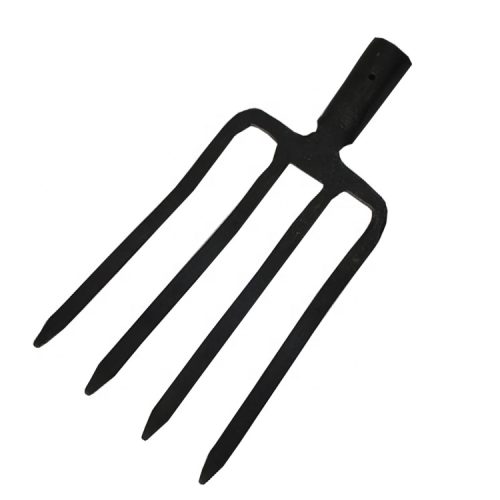The manufacturing process of plastic tool handles typically involves several steps, including material selection, molding, finishing, and quality control. Here’s an overview of the process:
- Material Selection: The first step is to choose the appropriate type of plastic for the tool handle. Factors such as durability, grip, comfort, and intended use play a role in this decision. Common plastics used for tool handles include polypropylene (PP), thermoplastic elastomers (TPE), acrylonitrile butadiene styrene (ABS), and polycarbonate (PC).
- Design and Mold Creation:
- Design: The design of the tool handle is created using computer-aided design (CAD) software. This includes specifying the shape, size, texture, grip pattern, and other features.
- Mold Creation: A mold, often made from steel or aluminum, is created based on the CAD design. The mold consists of two halves that fit together and form the shape of the tool handle. It includes cavities, channels, and ejector pins to allow for the injection molding process.
- Injection Molding:
- Preparation: Plastic pellets or resin are fed into the injection molding machine’s hopper. The plastic is heated to a molten state.
- Injection: The molten plastic is injected into the mold cavity under high pressure. The plastic fills the mold and takes the shape of the tool handle.
- Cooling: The mold is cooled to solidify the plastic. Cooling time varies depending on the material used and the size and complexity of the tool handle.
- Ejection and Trimming:
- Ejection: Once the plastic is solidified, the mold is opened, and the tool handle is ejected using ejector pins.
- Trimming: Excess plastic, called flash, is trimmed or cut off from the tool handle. This step ensures that the final product has clean edges and a polished appearance.
- Finishing:
- Surface Treatment: The tool handle may undergo additional processes to enhance its appearance and functionality. This can include adding textures, patterns, or a soft-touch coating to improve grip and comfort.
- Assembly: If the tool handle consists of multiple parts (e.g., handle and grip), they may be assembled at this stage.
- Quality Control and Testing:
- Inspection: Each tool handle is inspected for defects, imperfections, and dimensional accuracy.
- Testing: Some handles might undergo functional testing to ensure they meet performance criteria, such as load-bearing capacity or resistance to certain conditions (e.g., temperature, chemicals).
- Packaging and Distribution:
- Packaging: The finished tool handles are packaged in suitable containers or boxes to protect them during transportation and storage.
- Distribution: The packaged tool handles are shipped to distributors, retailers, or end-users.
It’s important to note that the specific manufacturing process can vary based on the type of plastic, the complexity of the handle design, and the production scale. Injection molding is a common method for producing plastic tool handles due to its efficiency and versatility.


